M. Charlton, J. W. Humberston9780511535208, 9780521019392, 0521415500, 0521019397, 0511535201, 9780521415507
Table of contents :
Cover……Page 1
Half-title……Page 3
Series-title……Page 5
Dedication……Page 6
Title……Page 7
Copyright……Page 8
Contents……Page 9
Preface……Page 11
1.1 Historical remarks……Page 13
1 Positrons……Page 15
2 Positronium……Page 19
3 Other bound states involving positrons……Page 22
1.3 Basic experimental techniques……Page 23
1 Annihilation lifetimes……Page 24
2 Doppler shift or broadening of the annihilation radiation……Page 26
1.4 Slow positron beams……Page 28
1 Introduction to positron moderation……Page 29
2 Magnetically confined positron beams……Page 33
3 Electrostatic positron beams……Page 36
4 Facility-based beams……Page 38
1 Basic physics of positronium production……Page 39
2 Traditional methods……Page 40
3 Methods using positron beams……Page 41
1 Positrons……Page 47
2 Positronium……Page 50
2.1 Introduction……Page 52
2.2 Theory……Page 54
2.3 Experimental techniques……Page 60
2.4 General discussion of systematic errors……Page 69
2.5 Results and discussion – atoms……Page 75
1 Helium……Page 76
2 Heavier noble gases……Page 82
3 Alkali metals……Page 88
4 Atomic hydrogen……Page 91
1 Hydrogen……Page 93
2 Nitrogen……Page 96
3 Carbon dioxide……Page 98
4 Water……Page 100
2.7 Partitioning of the total cross section……Page 101
3.1 Introduction……Page 106
1 Positron–hydrogen scattering……Page 107
2 Positron–helium scattering……Page 125
3 Positron scattering by alkali atoms……Page 134
4 Positron scattering by other atoms and molecules……Page 138
5 Elastic scattering beyond inelastic and rearrangement thresholds……Page 141
3.3 Threshold effects……Page 144
3.4 Angle-resolved elastic scattering……Page 151
4.1 Introduction……Page 162
4.2 Theory……Page 163
1 Positron–hydrogen scattering……Page 164
2 Positron–helium scattering……Page 178
3 Positron–alkali atom scattering……Page 183
4 Other atoms and molecules……Page 186
4.3 Experimental techniques……Page 187
1 Noble gases and molecules……Page 197
2 Atomic hydrogen……Page 202
3 The alkali metals……Page 204
4.5 Other processes involving positronium formation……Page 207
4.6 Comparisons with protons……Page 212
4.7 Differential cross sections……Page 213
1 Models of the positronium fraction……Page 219
2 Positronium formation fraction – results……Page 222
5 Excitation and ionization……Page 226
1 Theory……Page 227
2 Experiment……Page 233
5.2 Ionization – theoretical considerations……Page 239
5.3 Ionization – experimental techniques for integrated cross sections……Page 246
1 Atomic hydrogen……Page 251
2 The noble gases……Page 253
3 Molecules……Page 255
4 Comparisons with heavier projectiles……Page 257
5 Near-threshold studies……Page 258
5.5 Multiple ionization……Page 260
5.6 Differential cross sections……Page 264
5.7 Inner shell ionization……Page 271
6.1 Introduction and theoretical considerations……Page 276
1 The traditional positron lifetime method – analysis and observables……Page 286
2 The positron-trap method for positron–gas studies……Page 290
1 Thermalization phenomena……Page 293
2 Equilibrium phenomena at low gas densities……Page 298
3 Equilibrium phenomena – many-body effects……Page 302
4 Electric fields……Page 305
5 Angular correlation and Doppler broadening studies……Page 309
6.4 Positron drift……Page 313
1 Lifetimes against annihilation……Page 319
2 Spectroscopic properties……Page 329
3 Non-spectroscopic laser studies of positronium……Page 337
1 Annihilation……Page 338
2 Scattering theory……Page 342
7.3 Experimental studies of positronium annihilation in gases……Page 348
7.4 Slowing down……Page 354
7.5 Bound states involving positronium……Page 360
7.6 Studies with positronium beams……Page 365
1 The production of positronium beams by positron–gas collisions……Page 366
2 Scattering experiments with positronium beams……Page 370
8.1 The positronium negative ion……Page 374
8.2 Systems containing more than one positron……Page 380
1 Introduction……Page 384
2 Antiproton deceleration, trapping and cooling……Page 386
3 Possible methods of low energy antihydrogen production……Page 388
4 Prospects for antihydrogen physics……Page 398
A International conferences on positron annihilation……Page 401
B International workshops on positron collisions in gases……Page 402
D Positron and positronium chemistry……Page 403
E Others……Page 404
References……Page 405
Index……Page 461
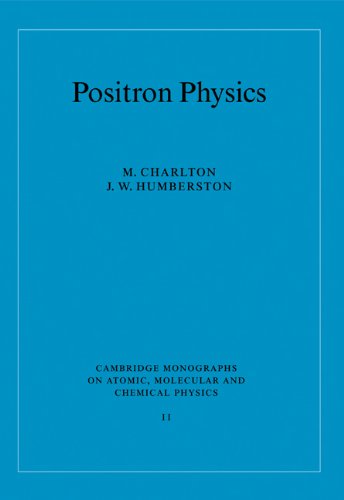
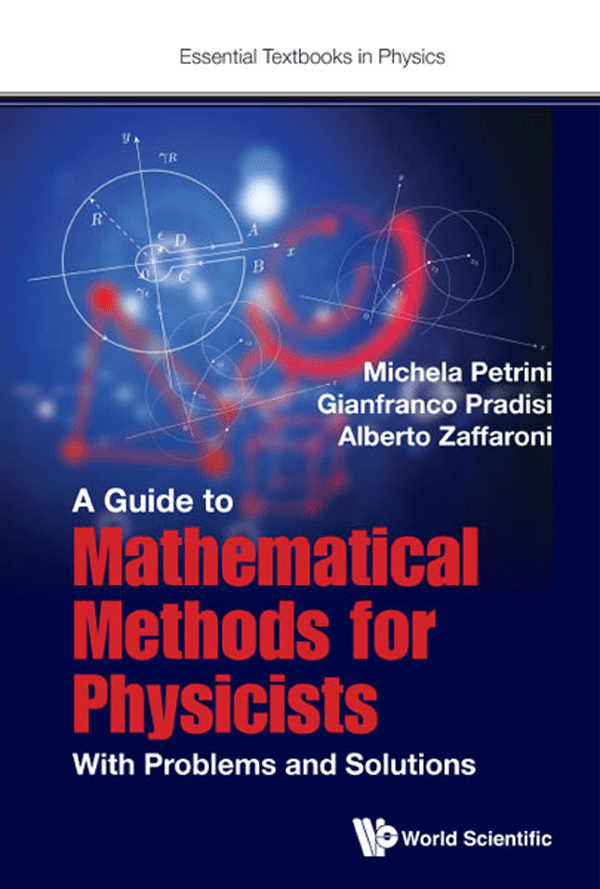
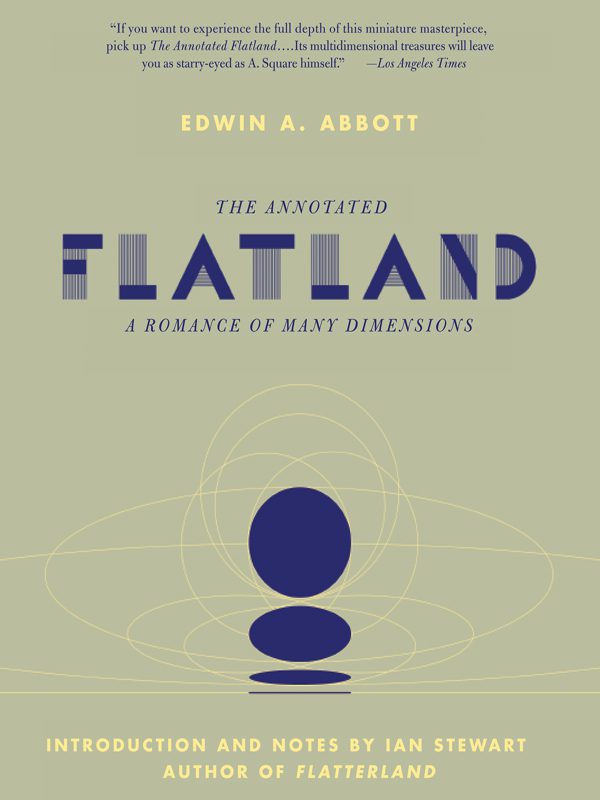
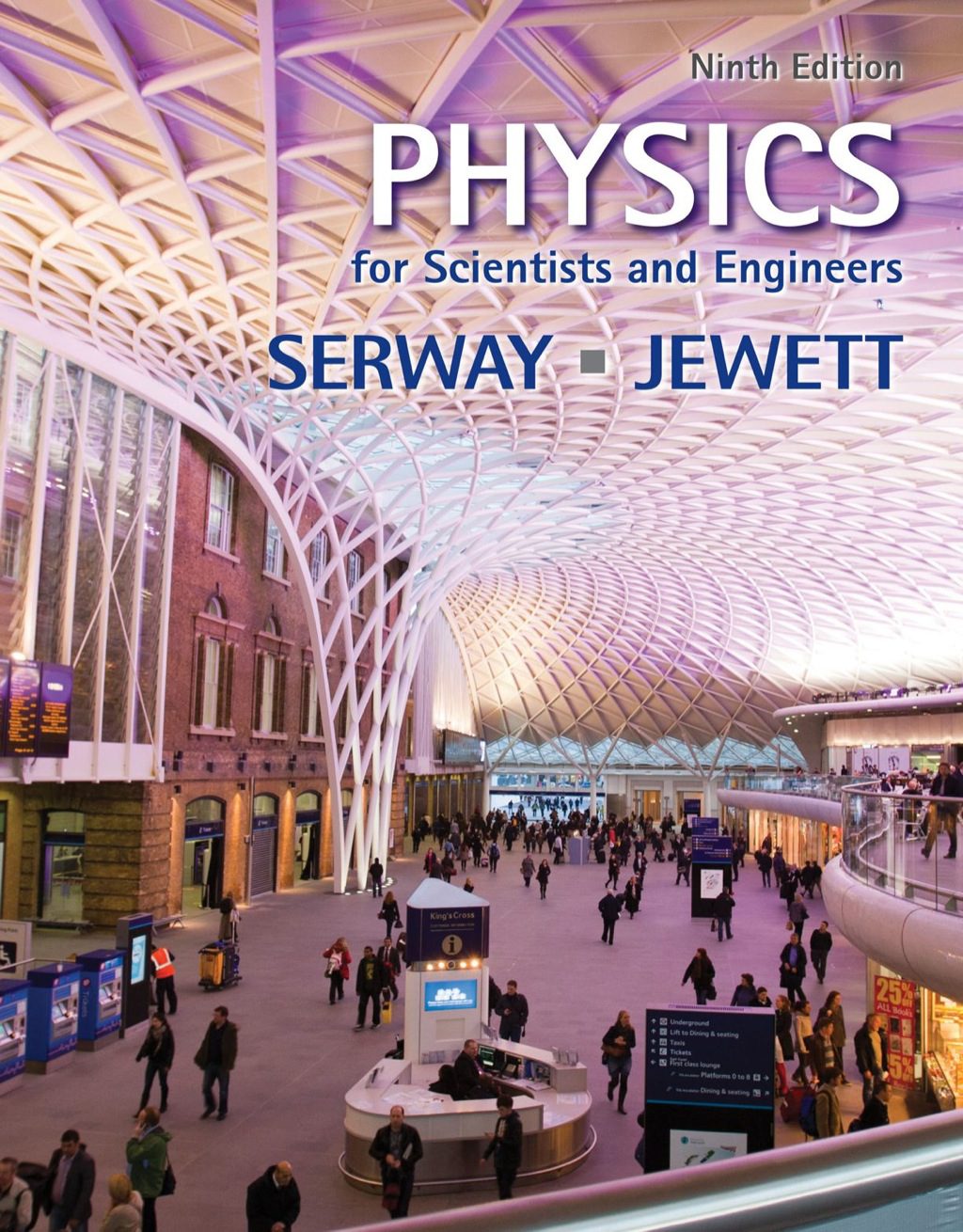
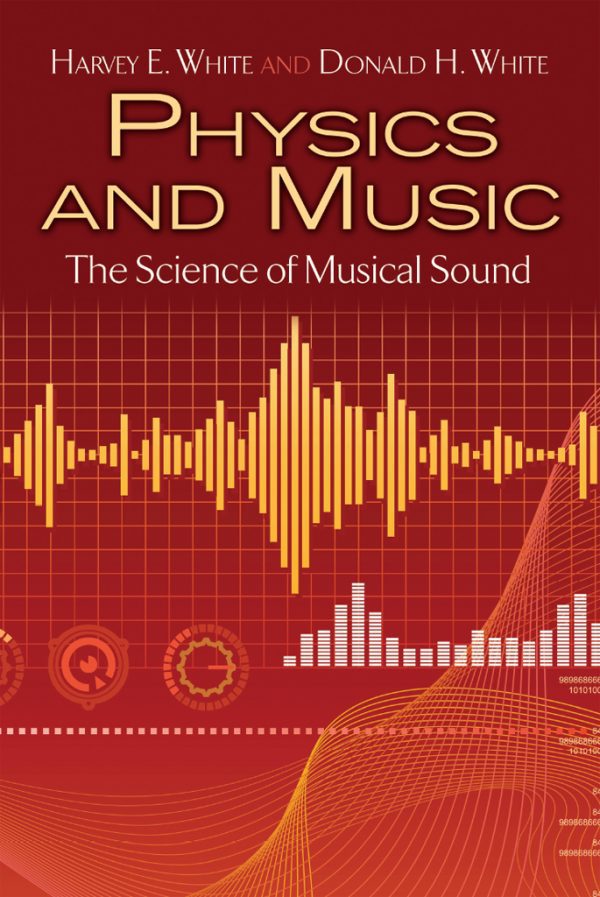

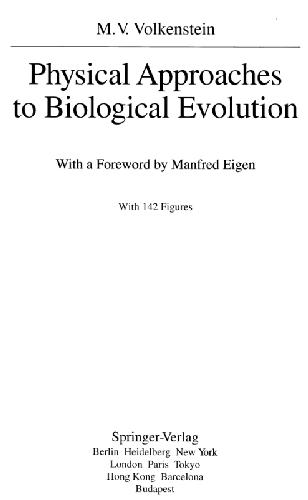
Reviews
There are no reviews yet.